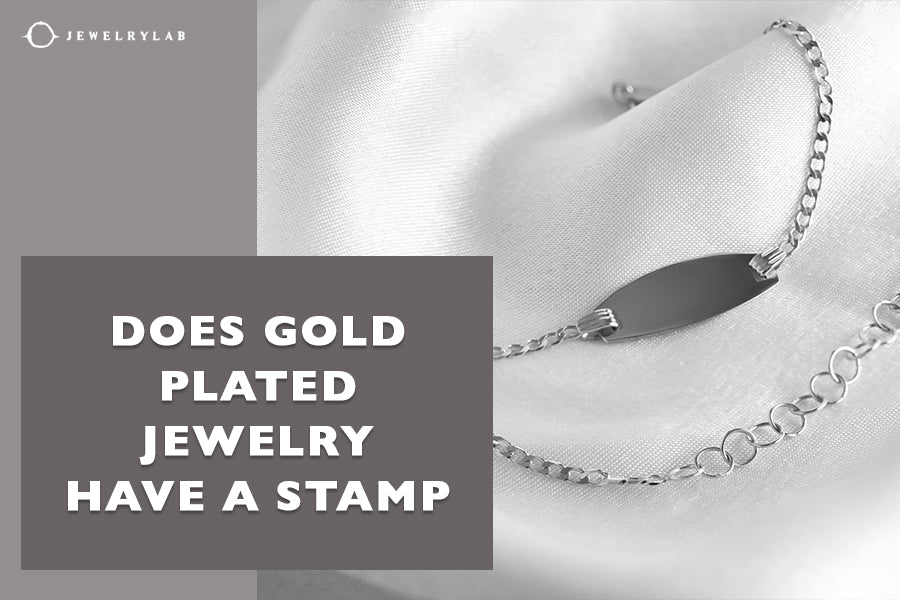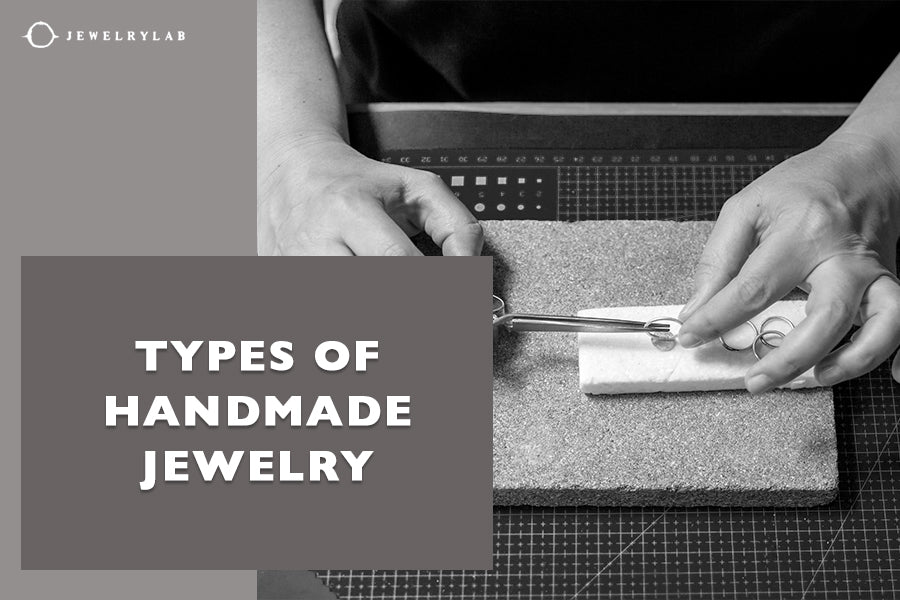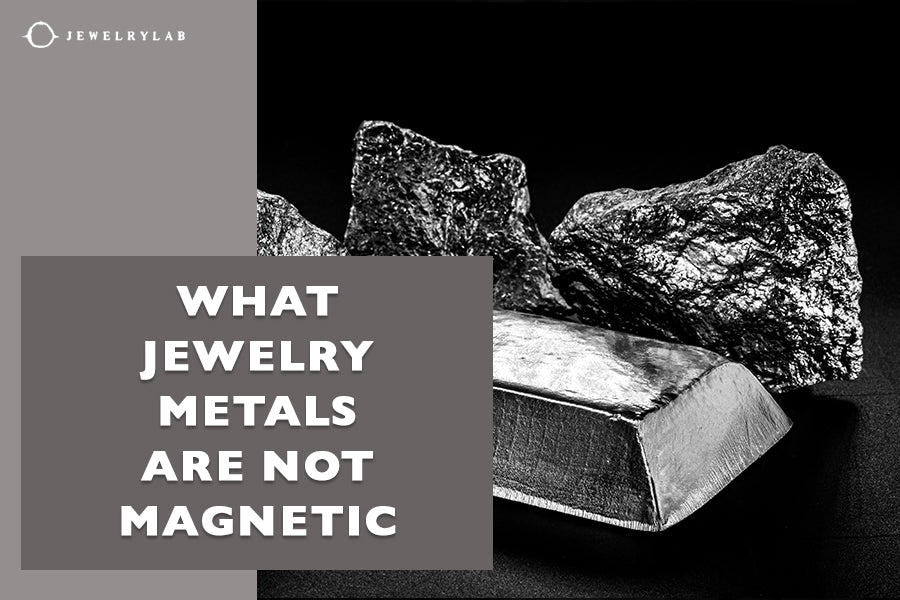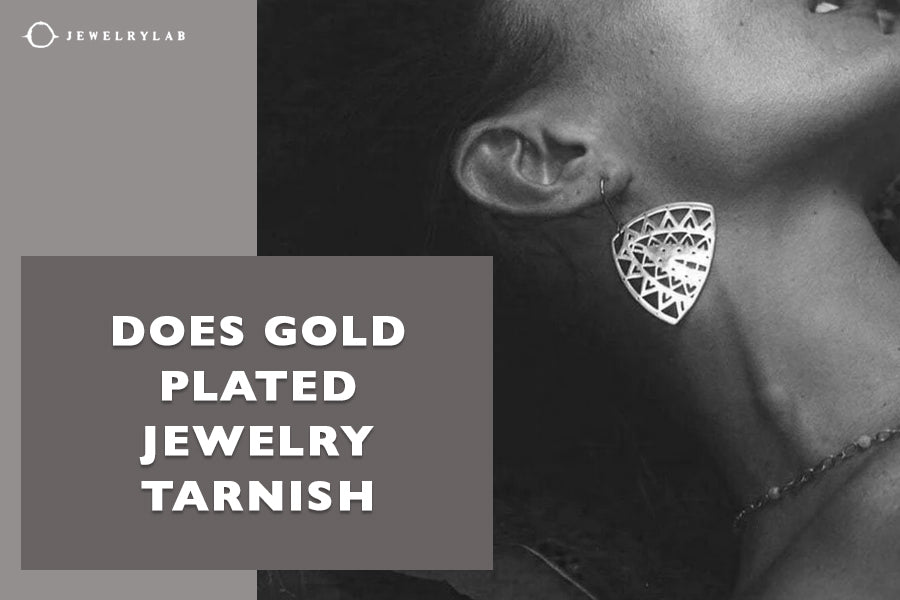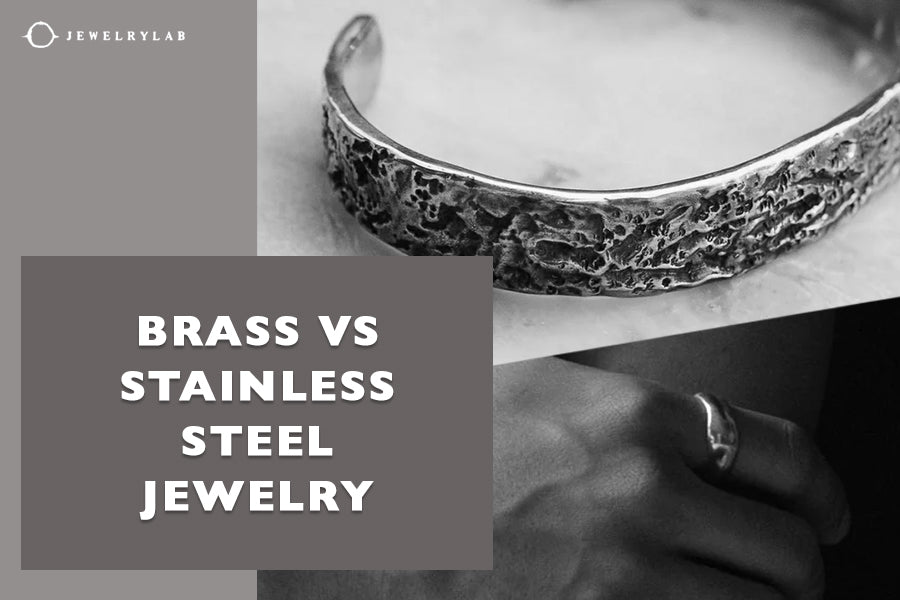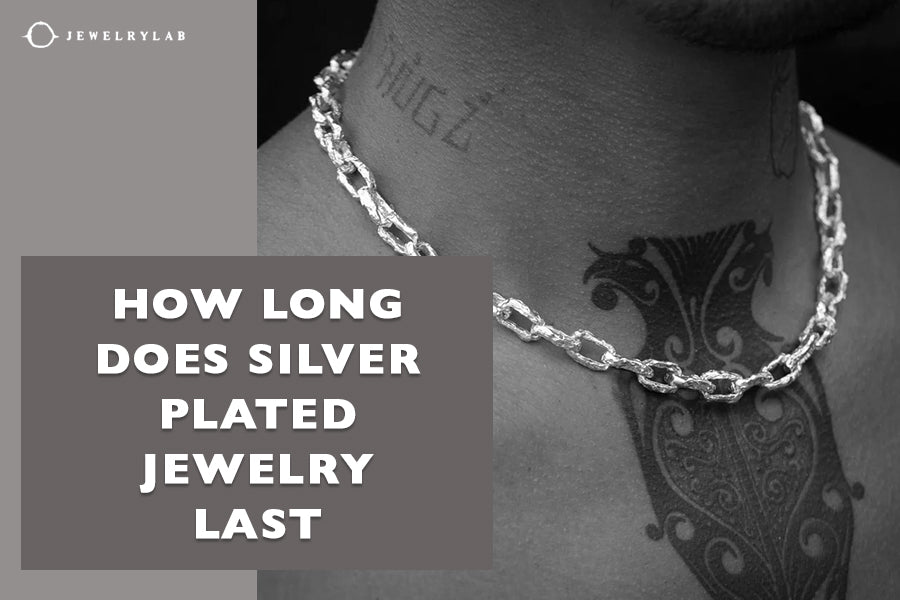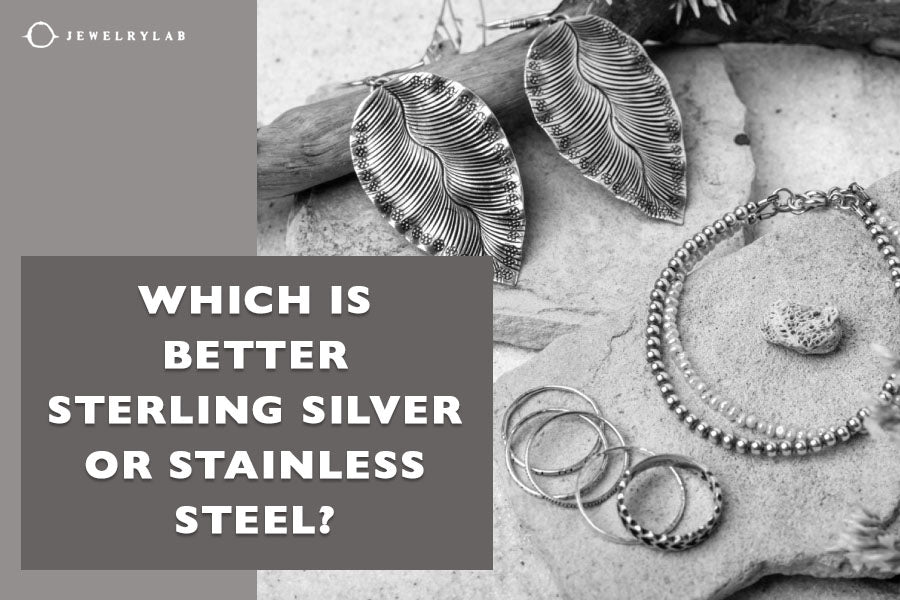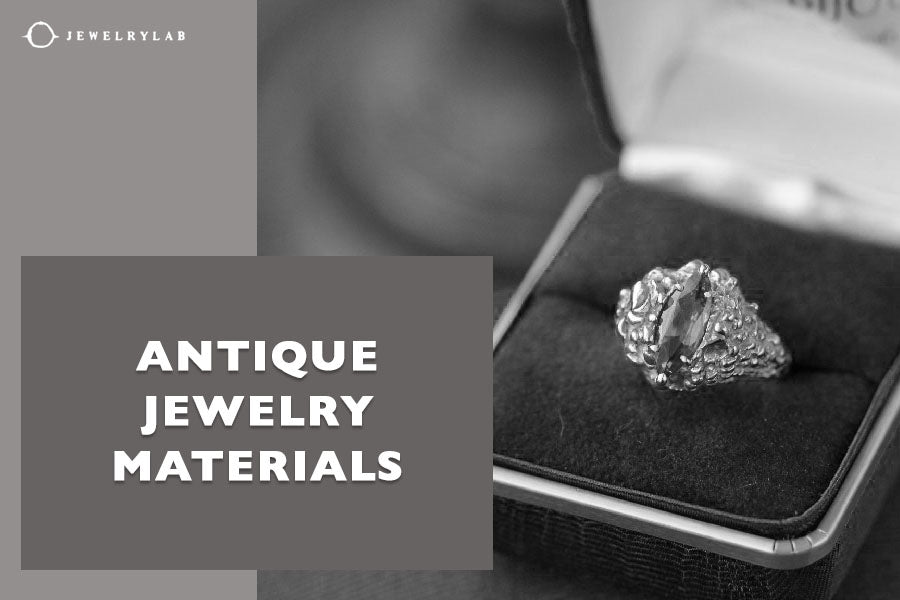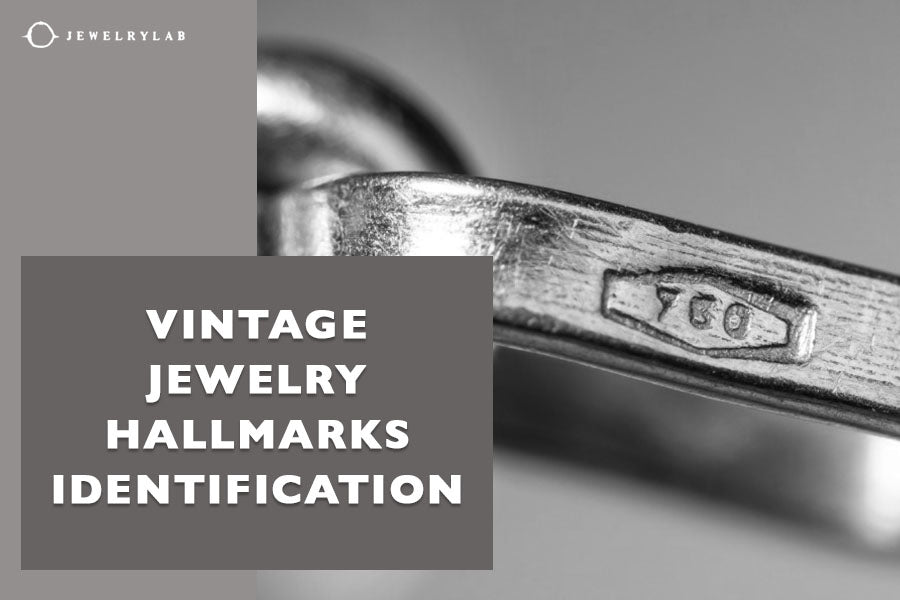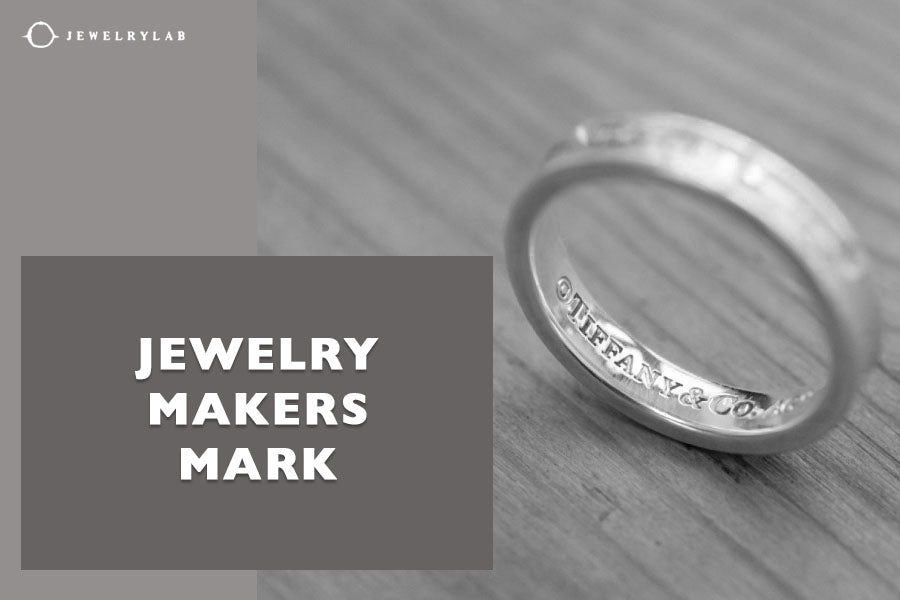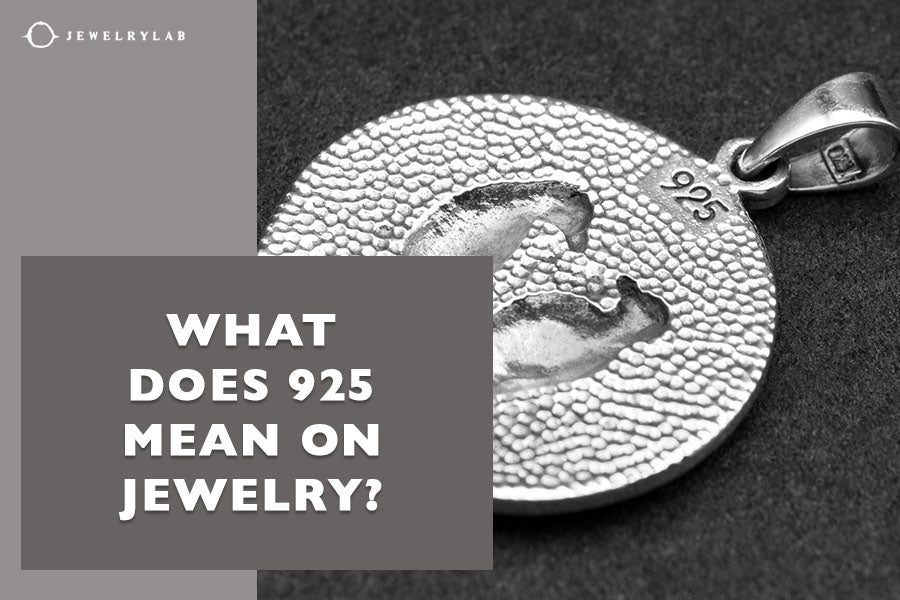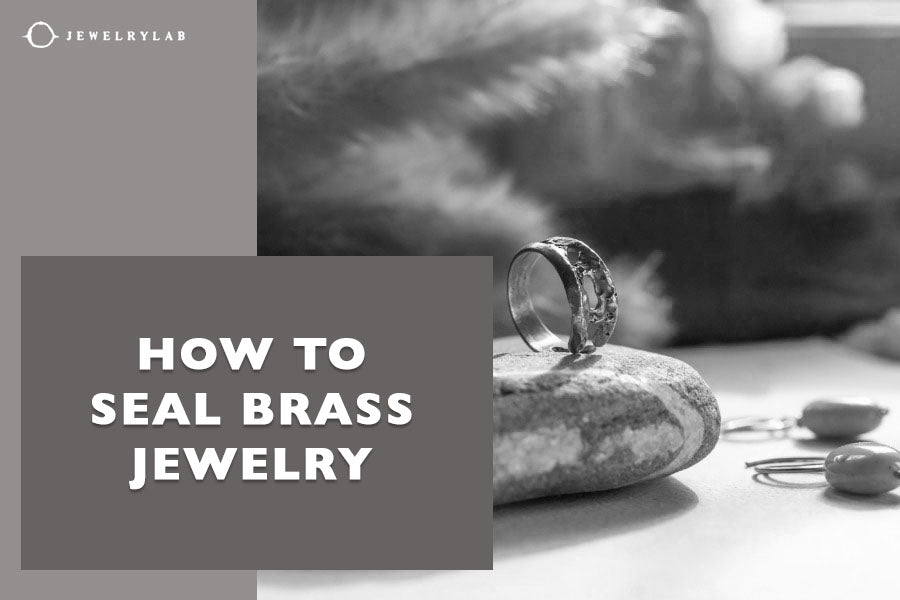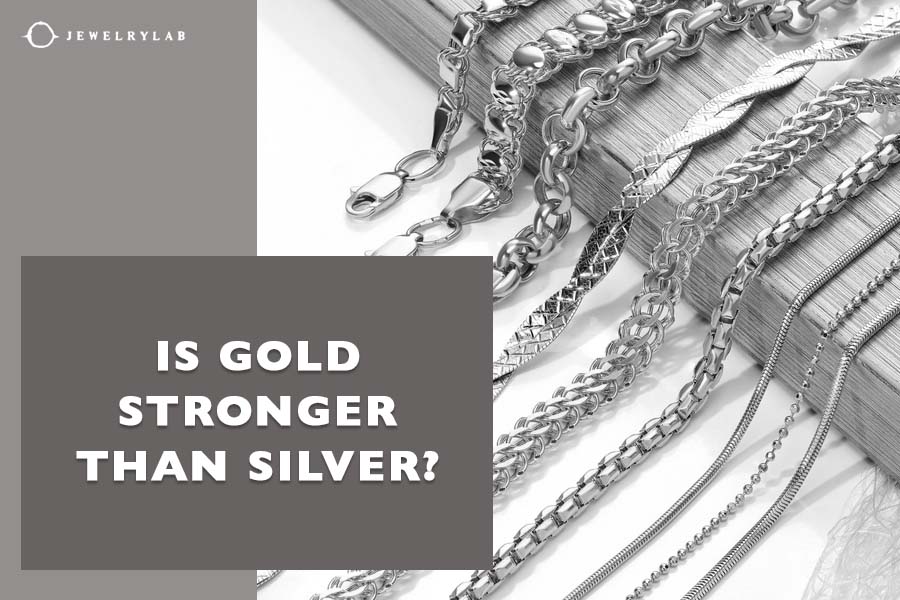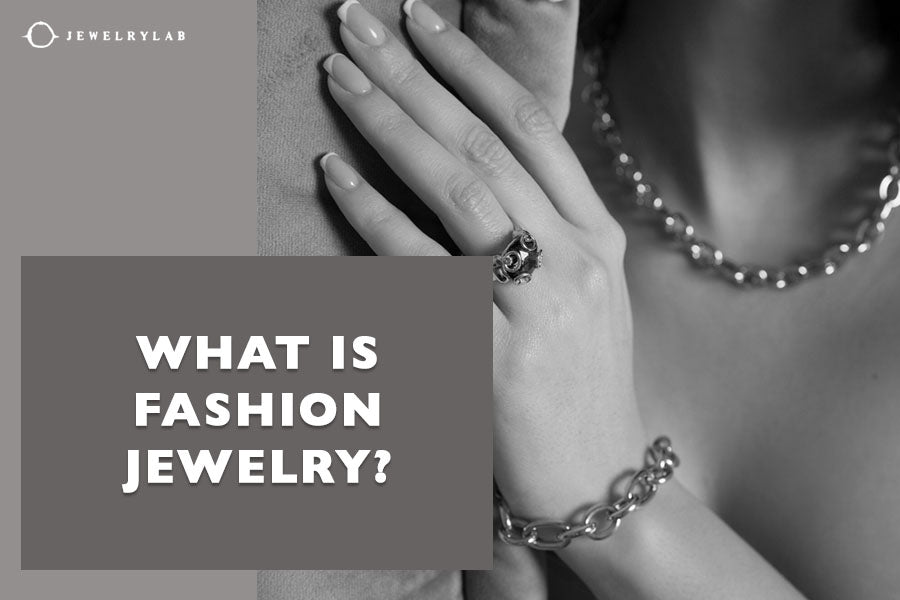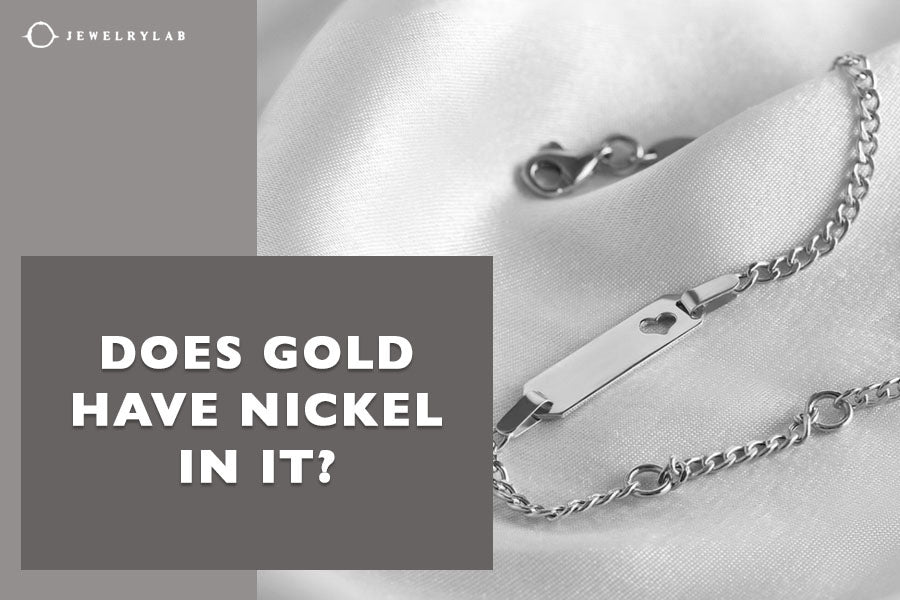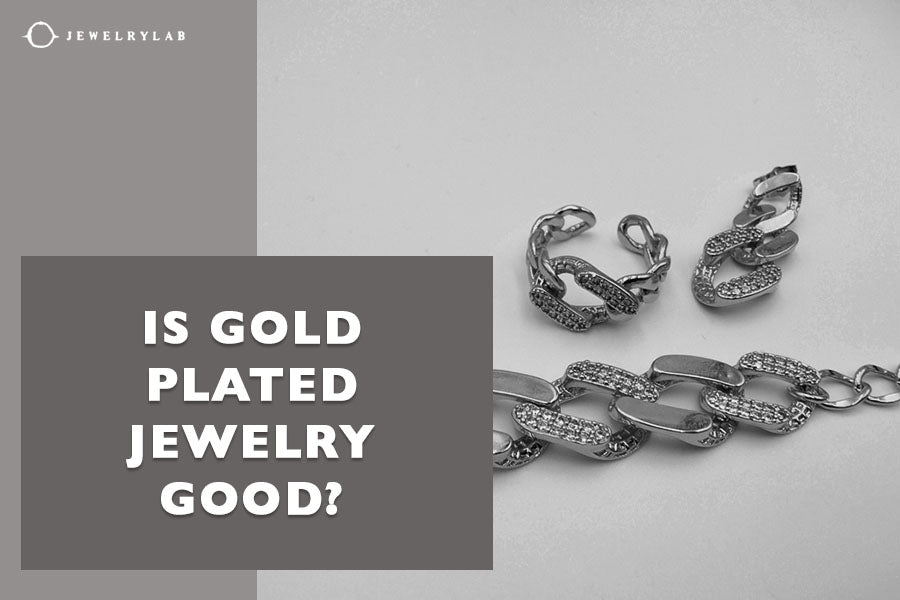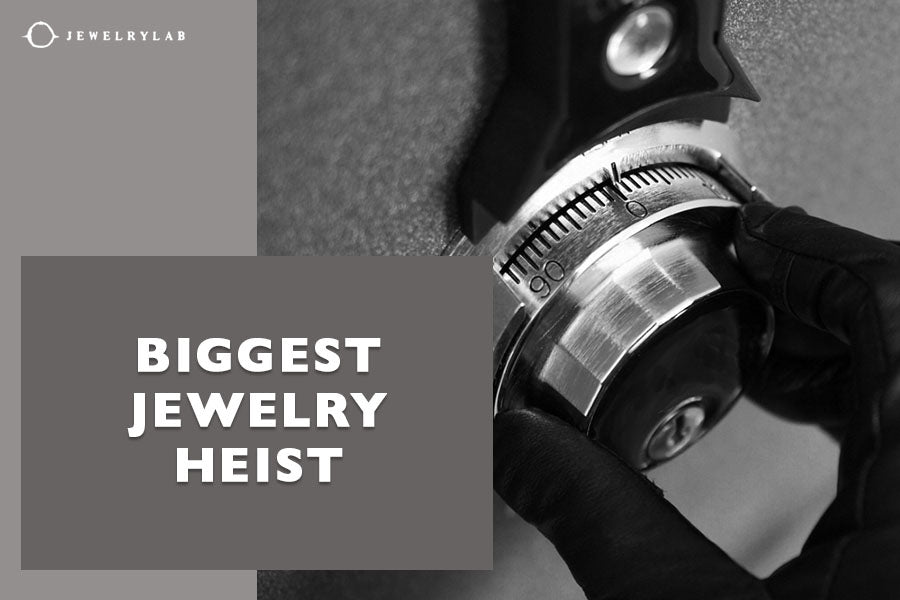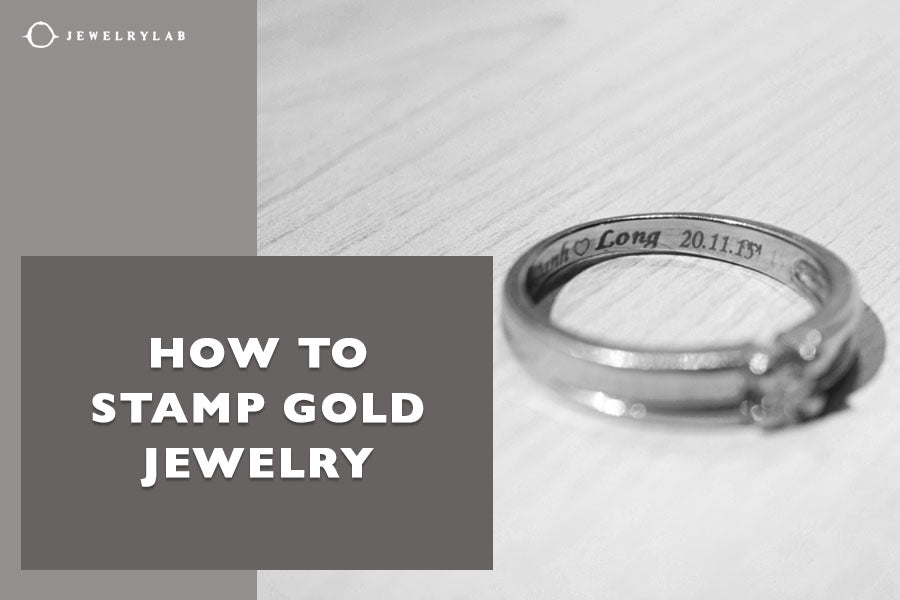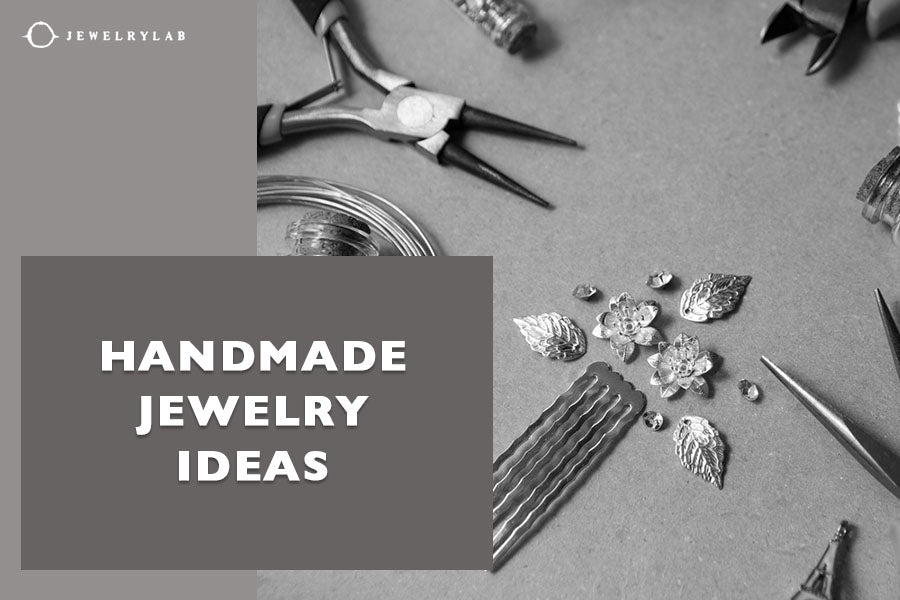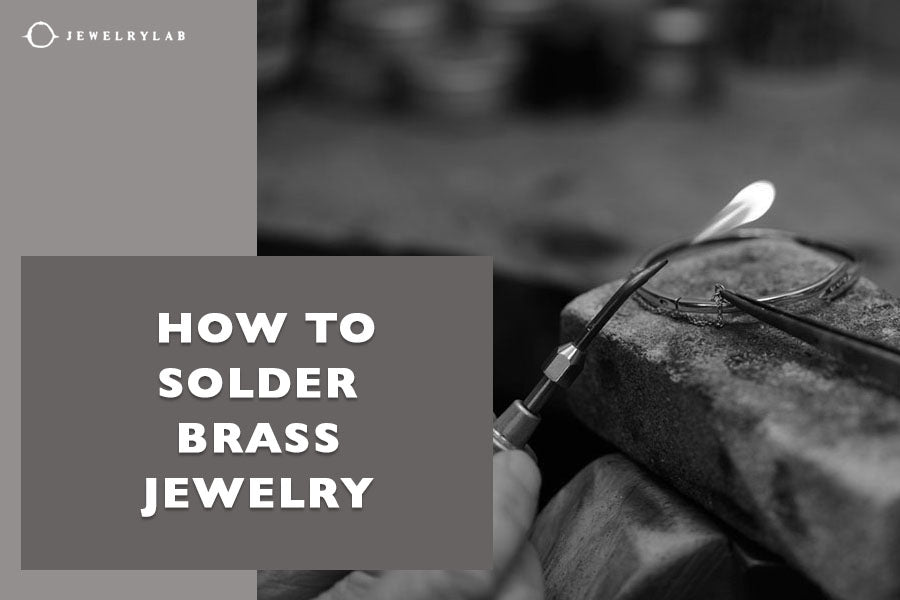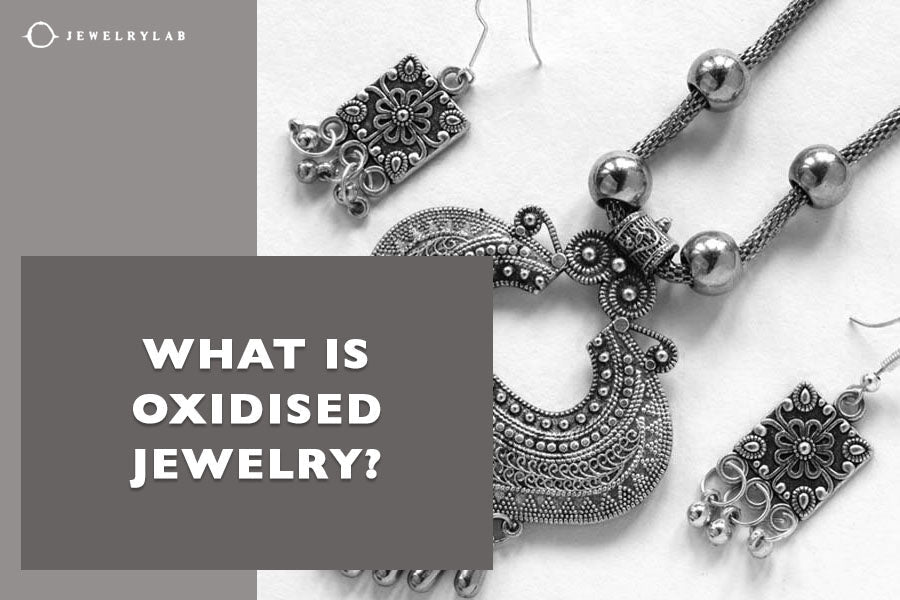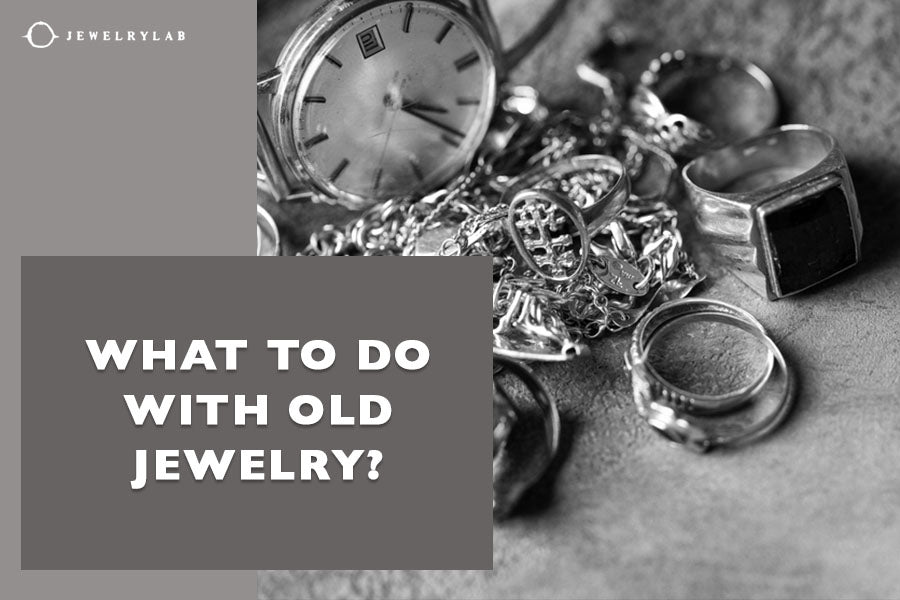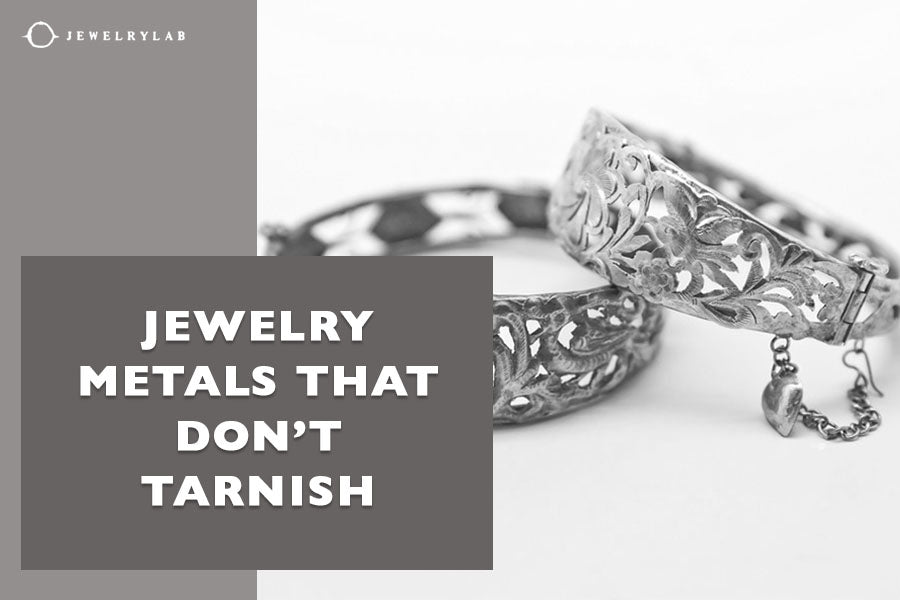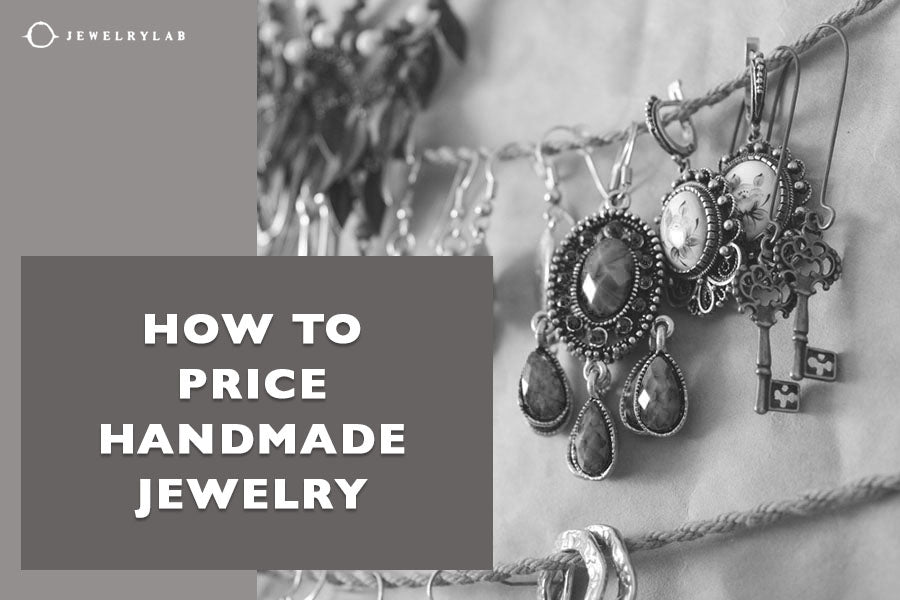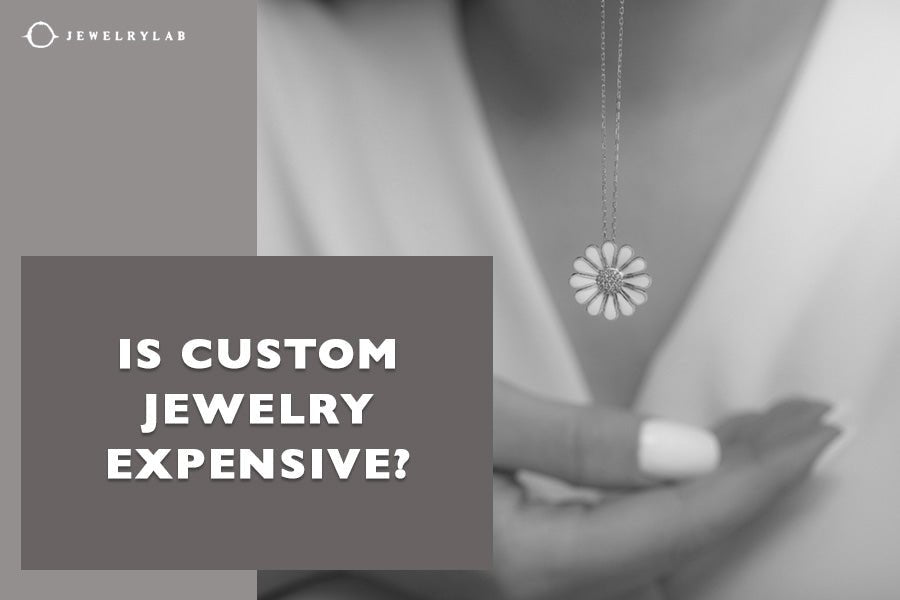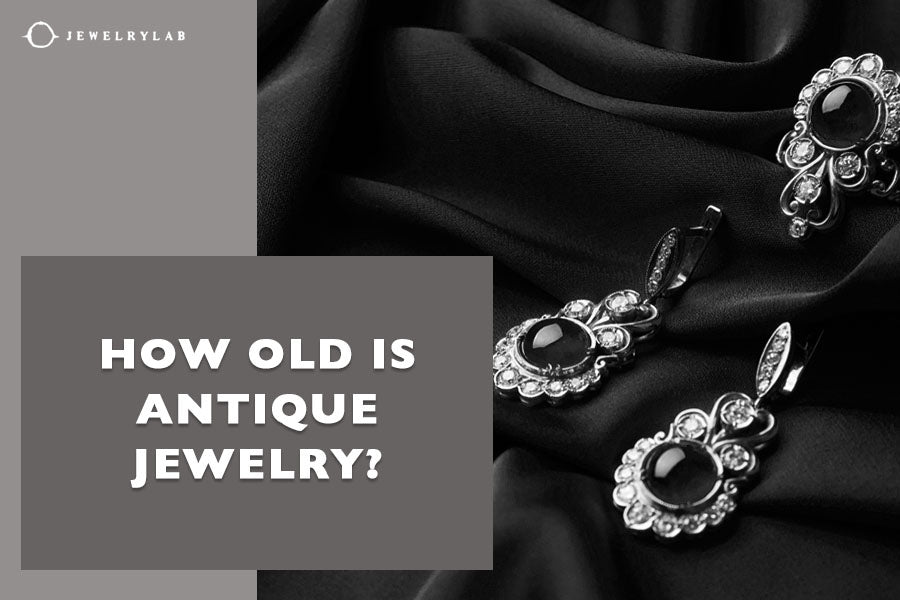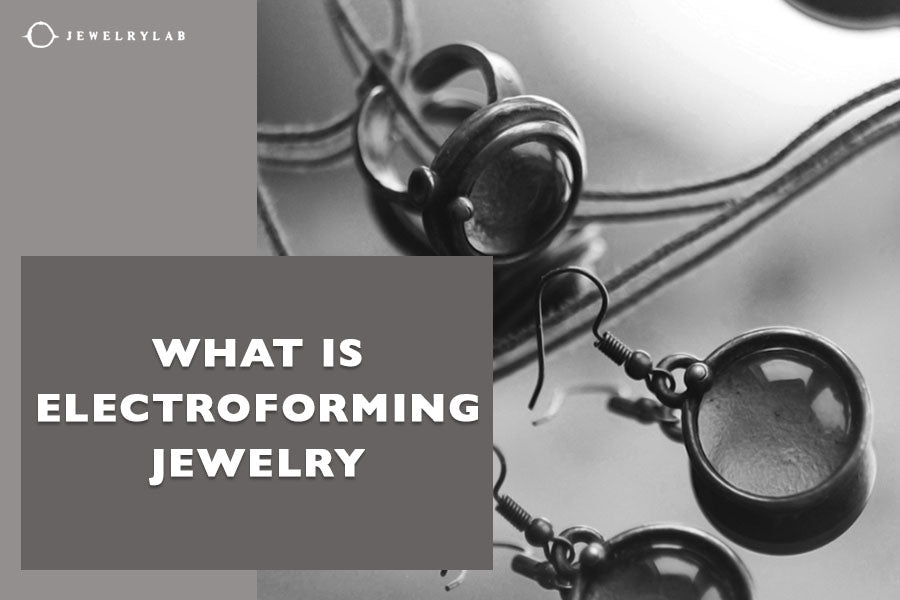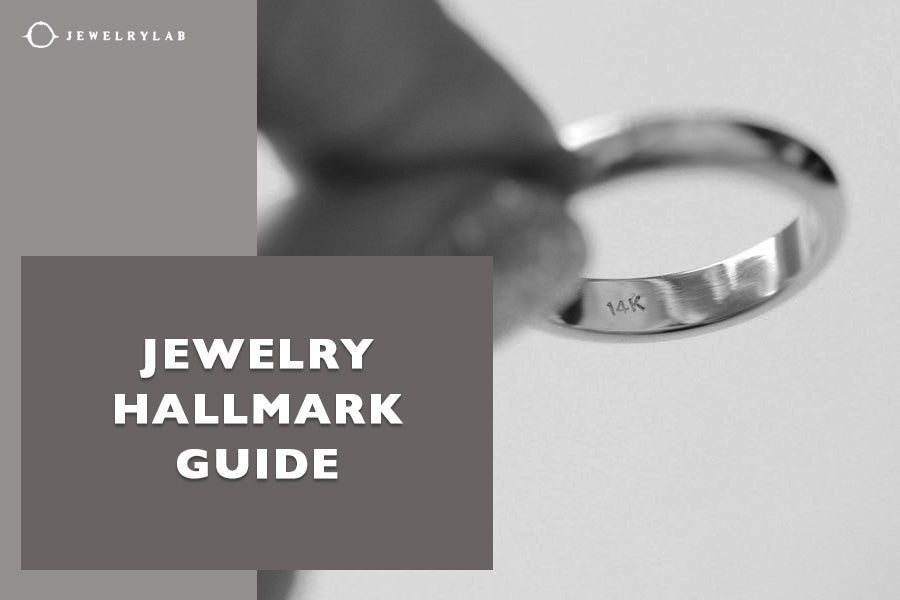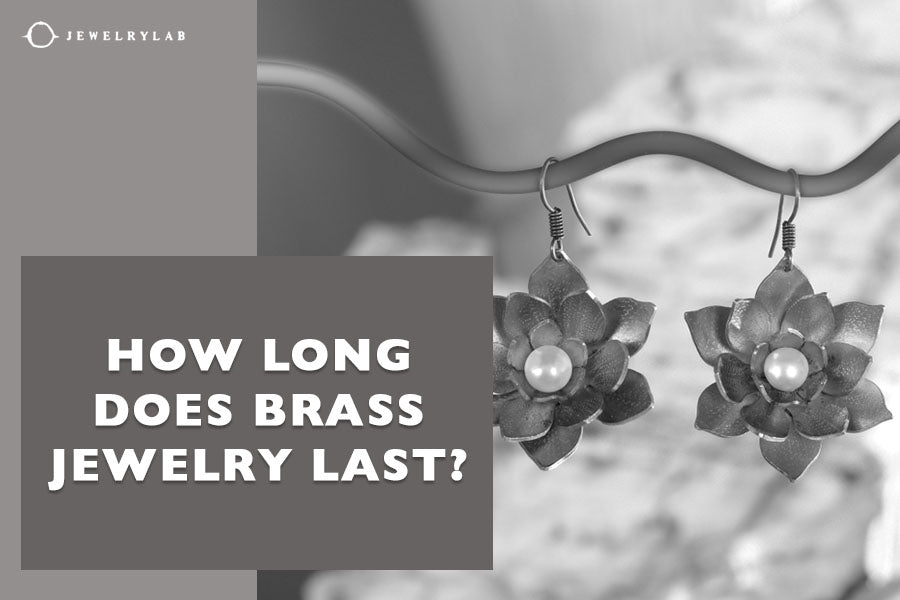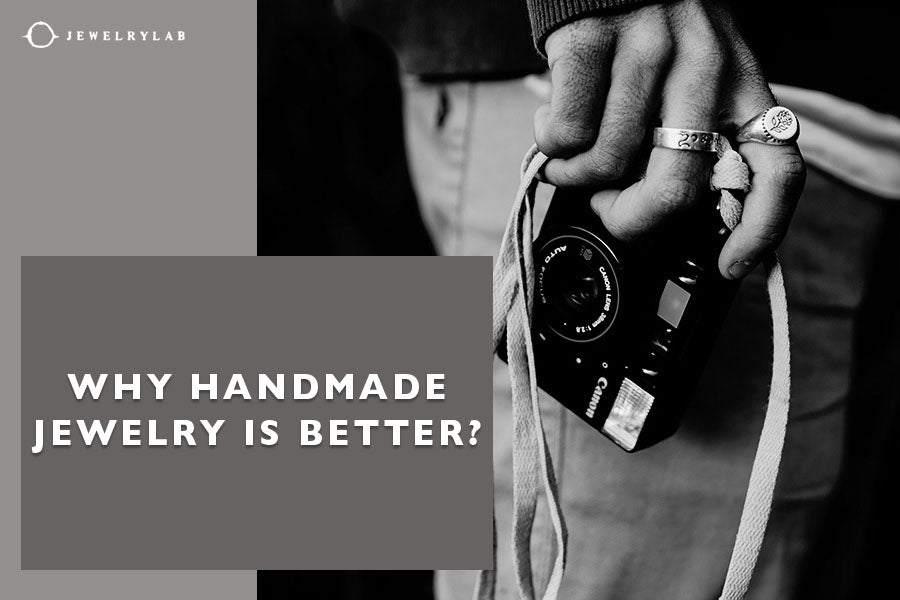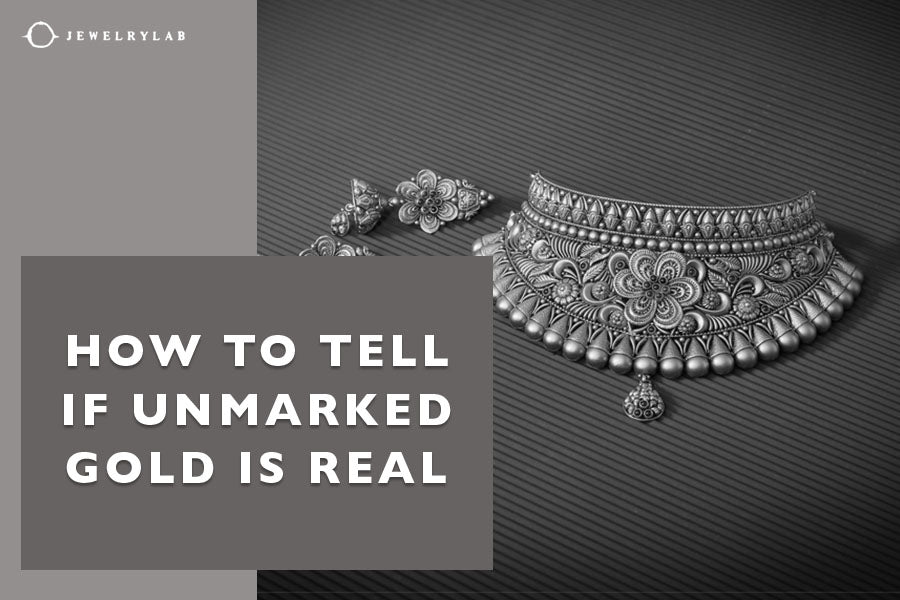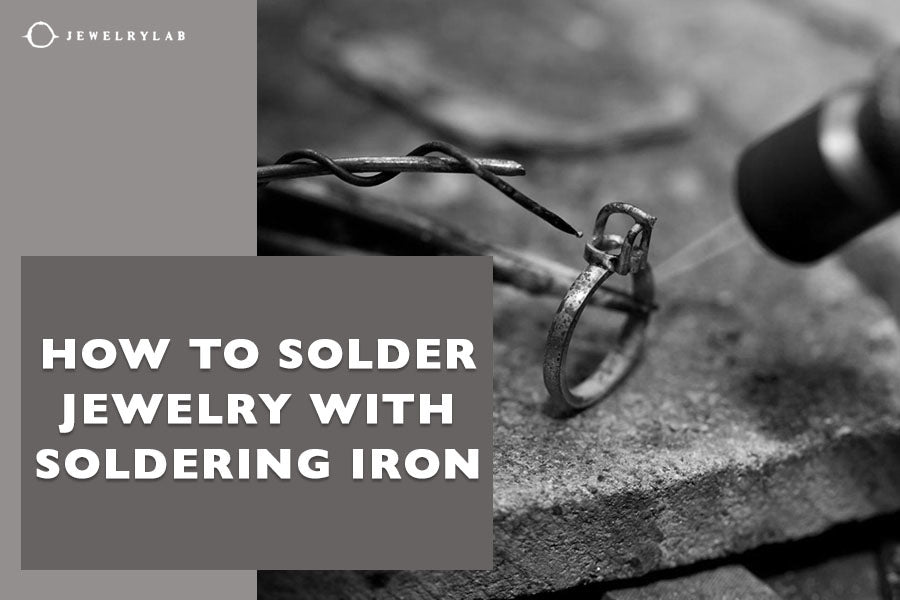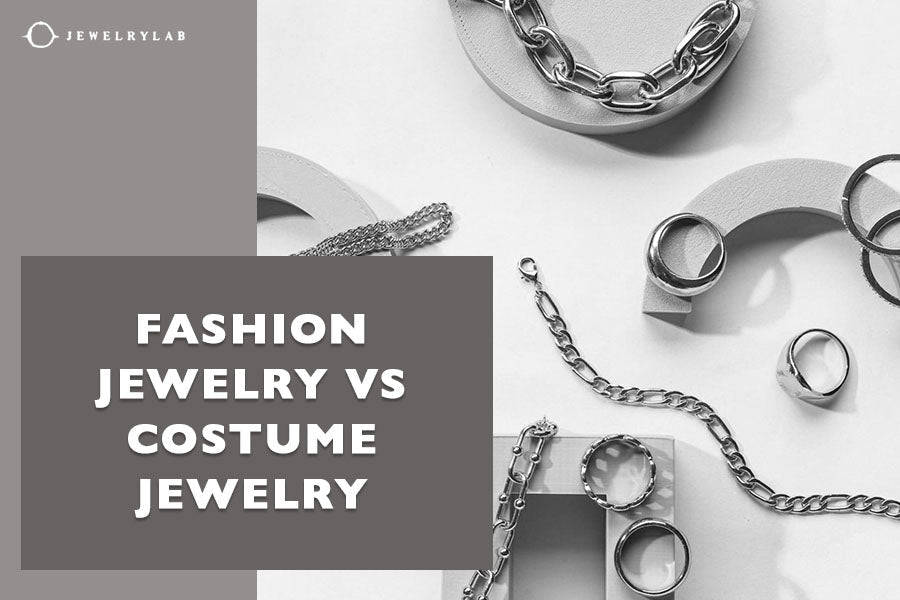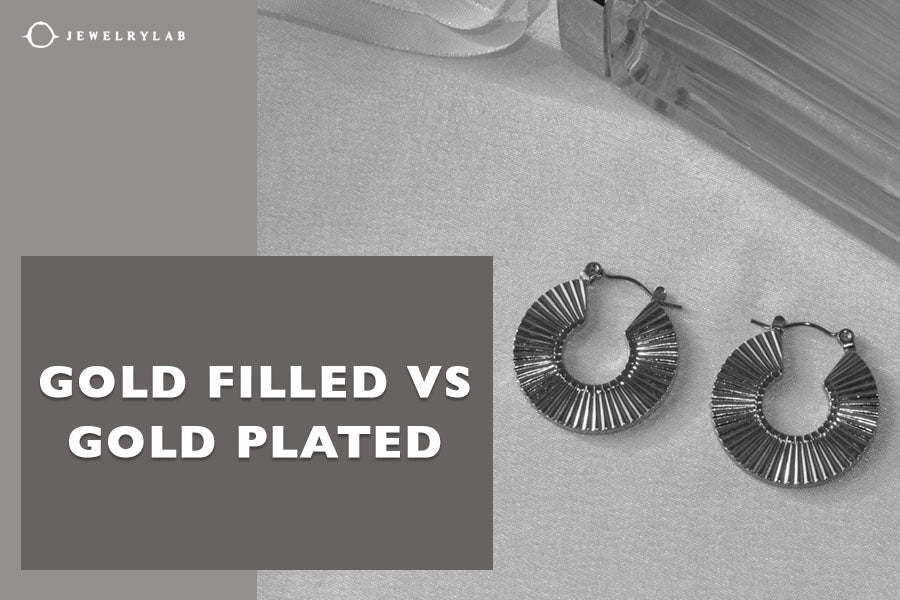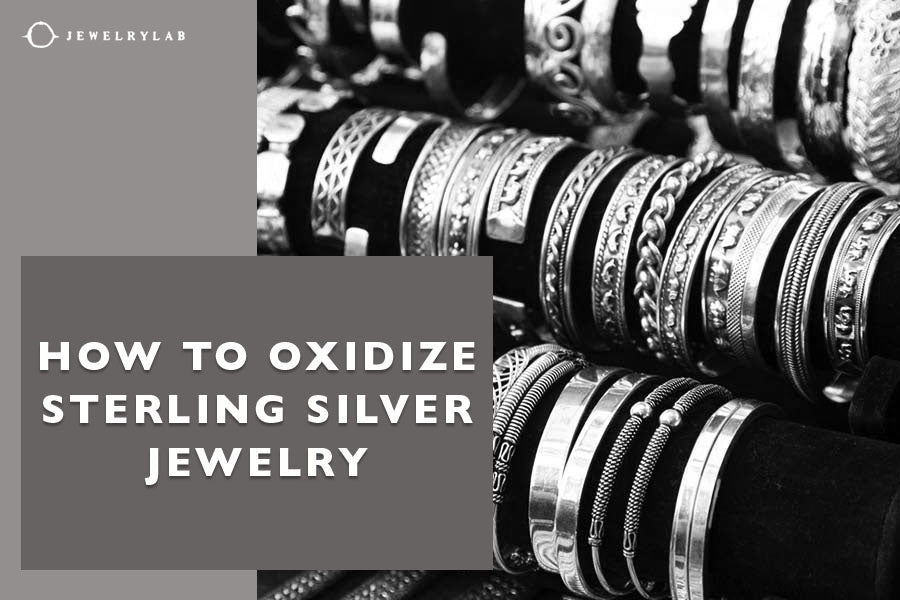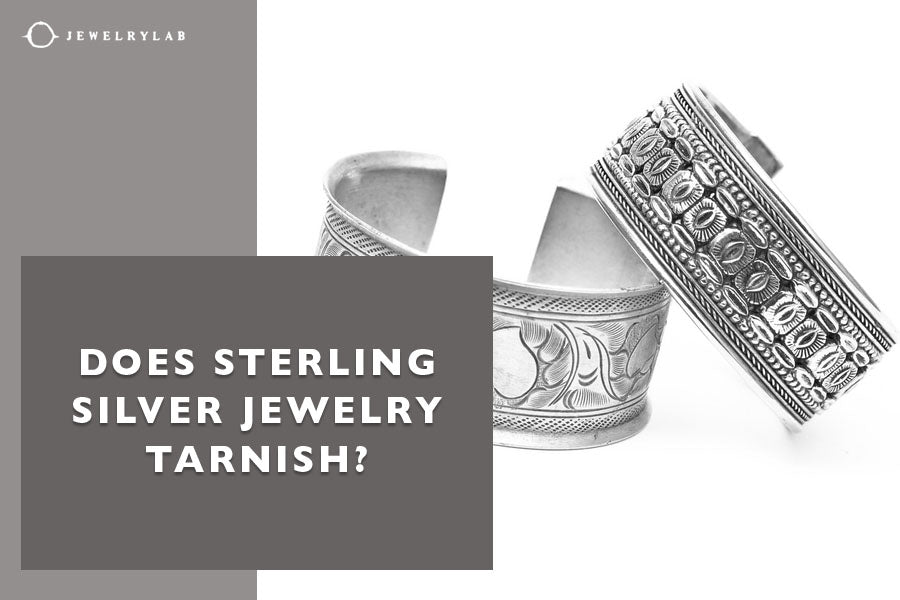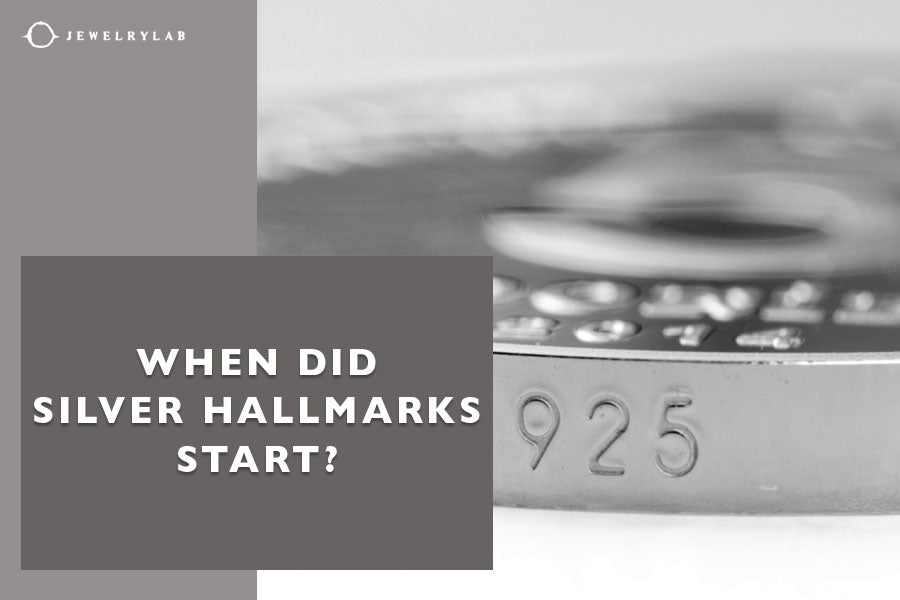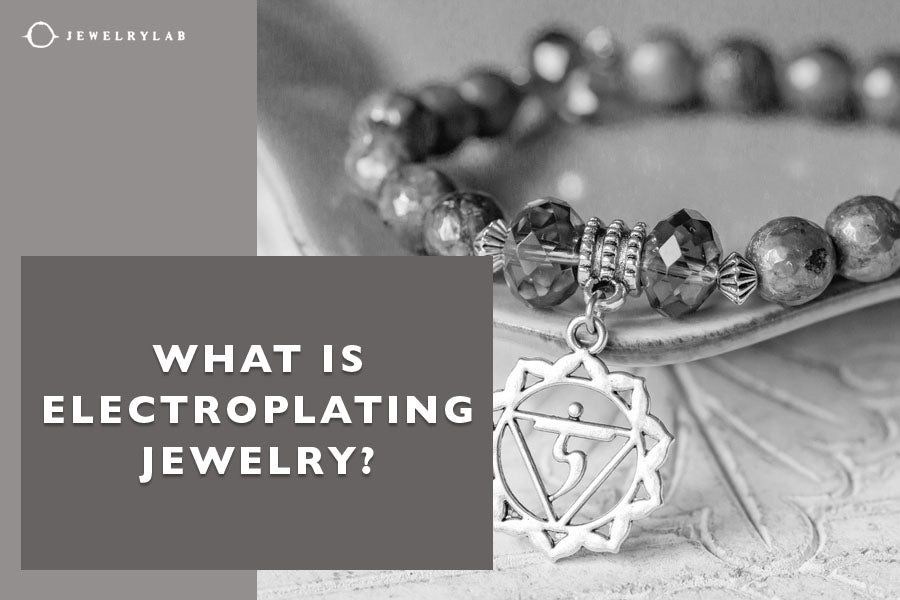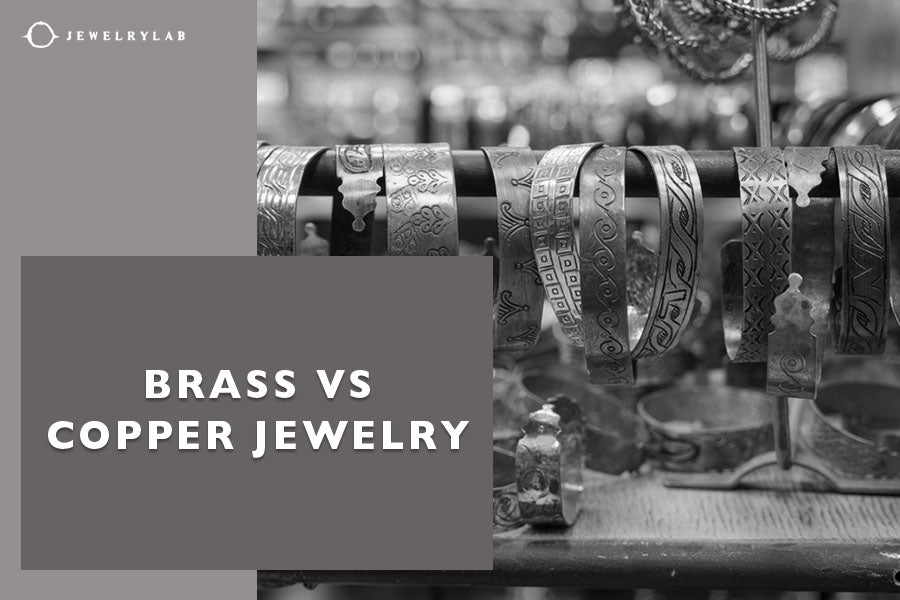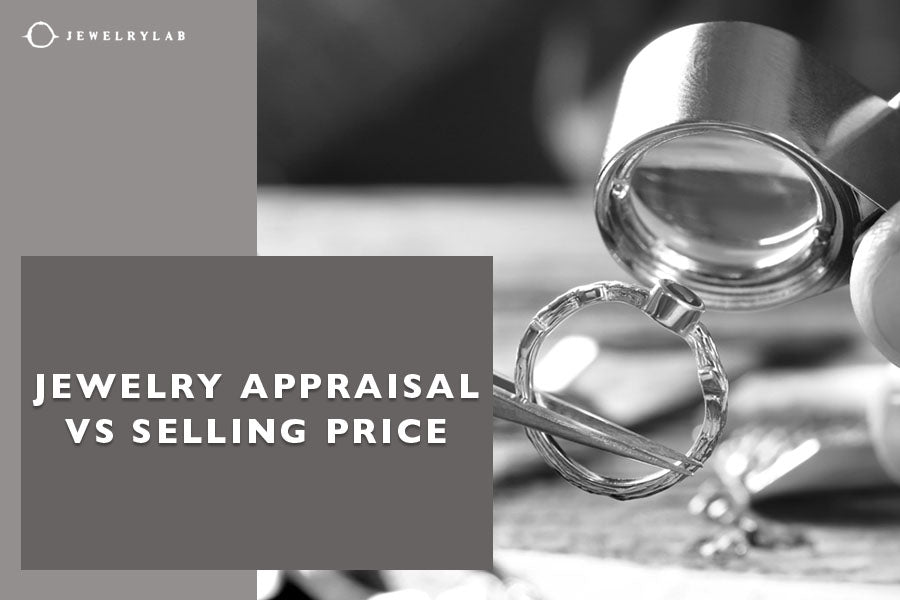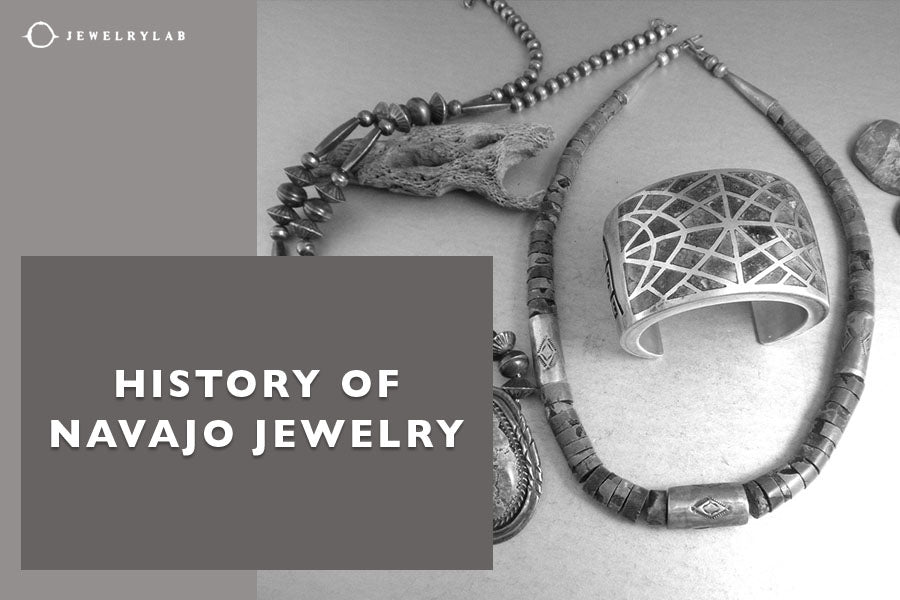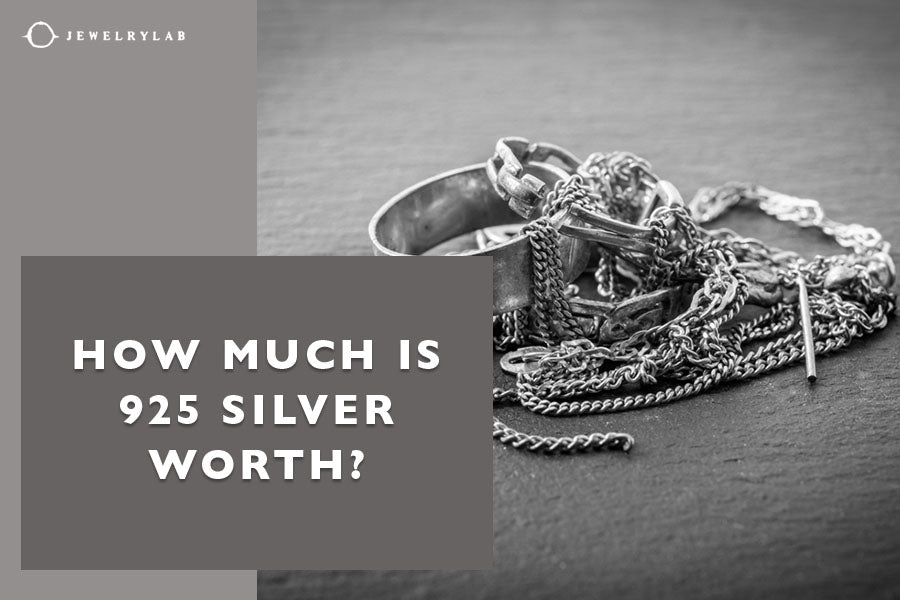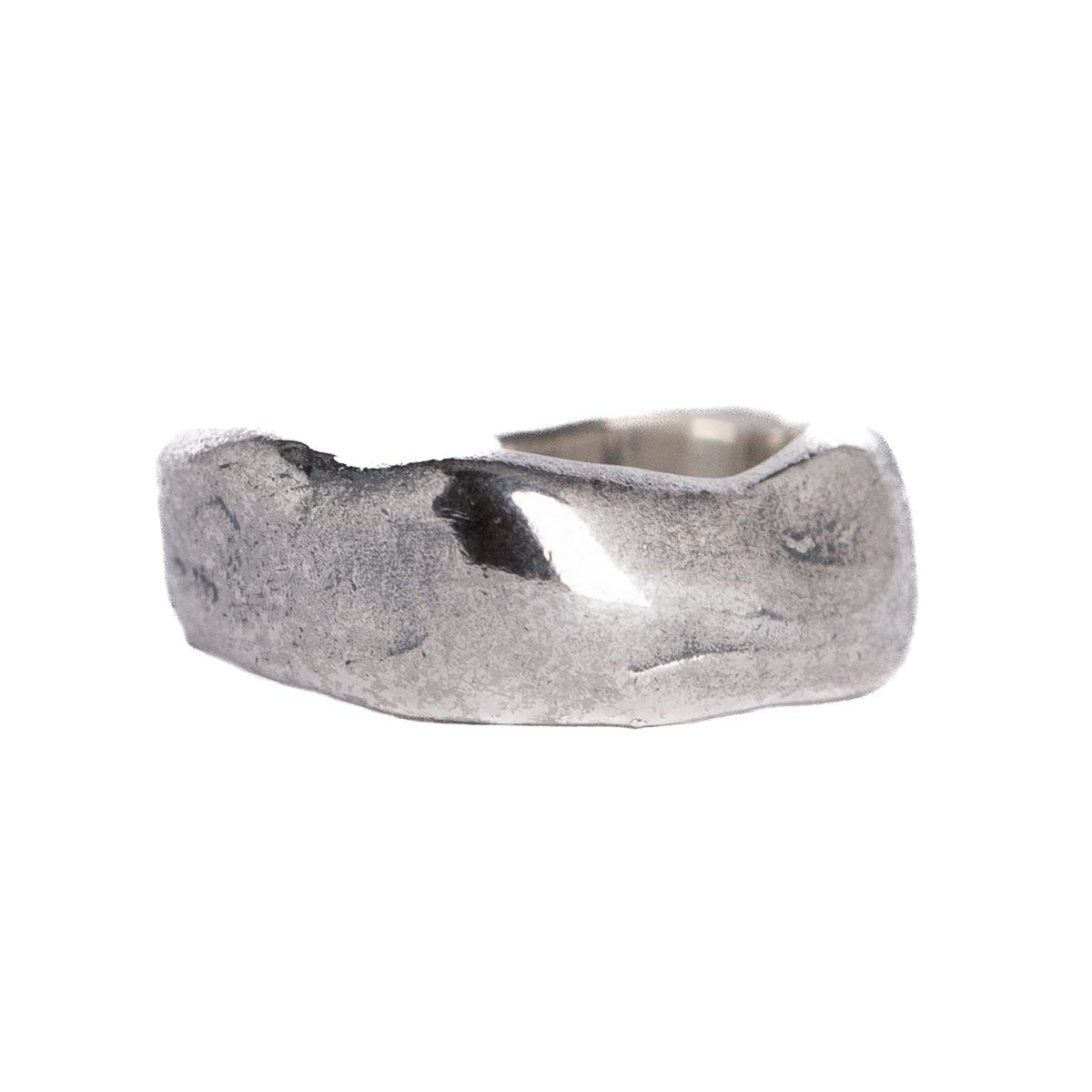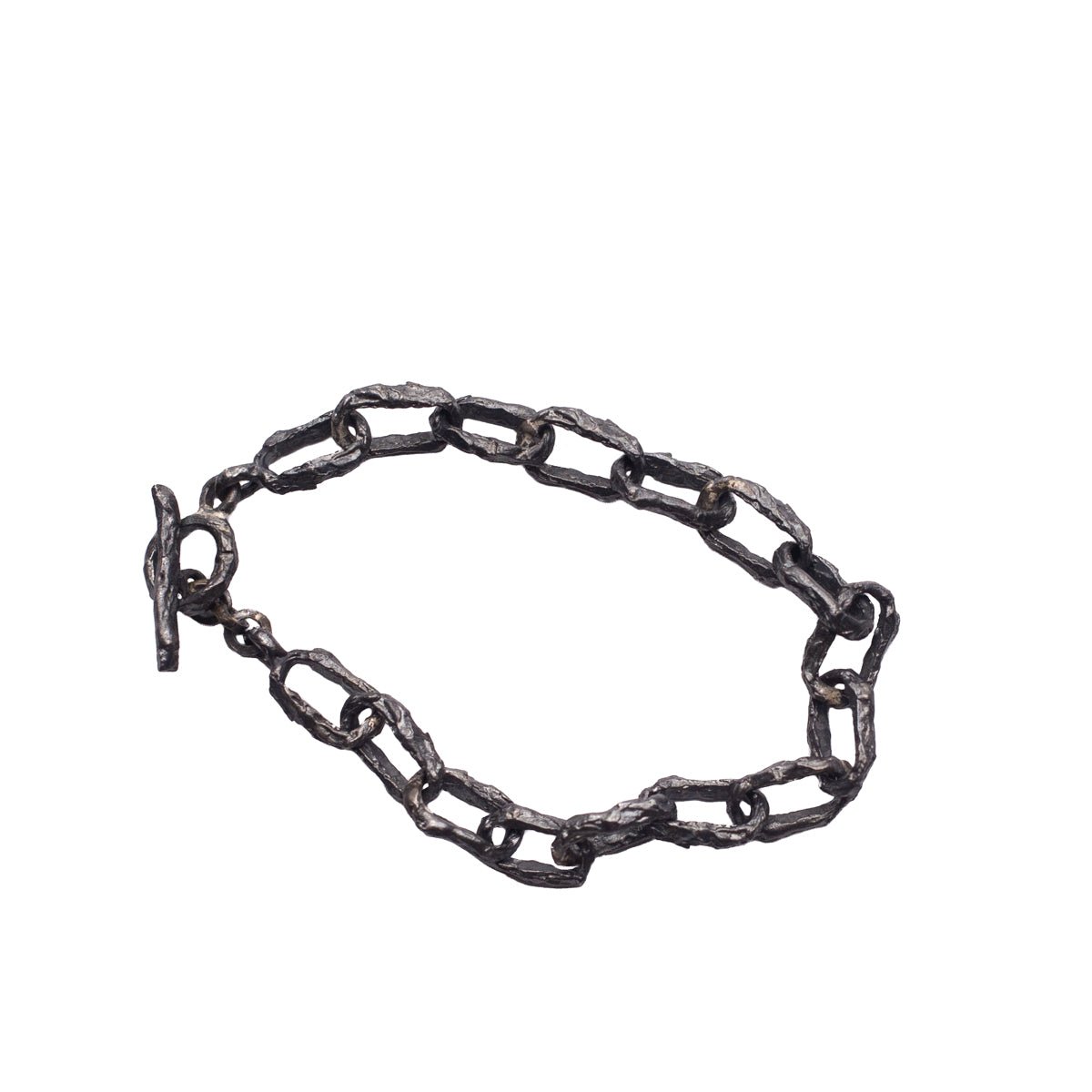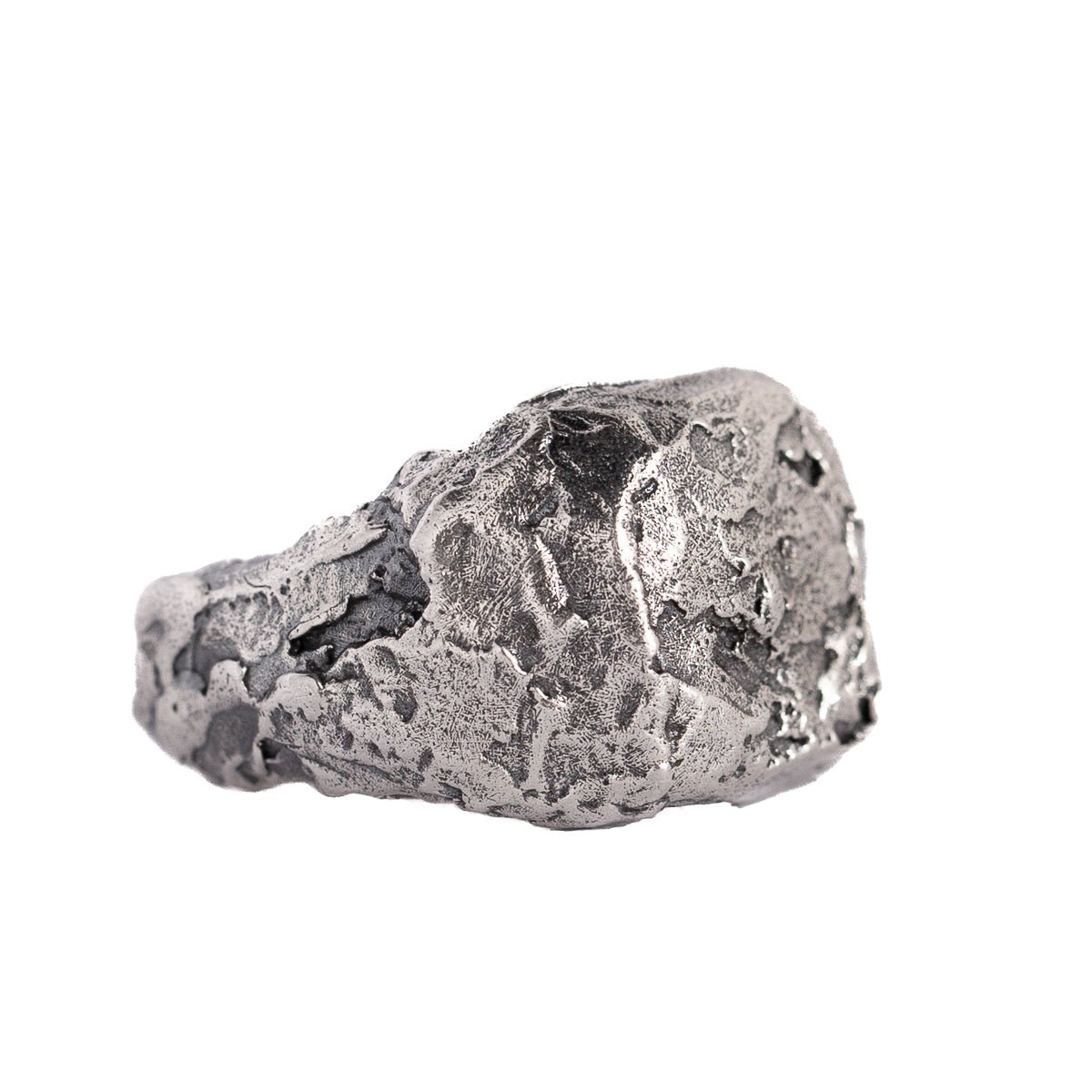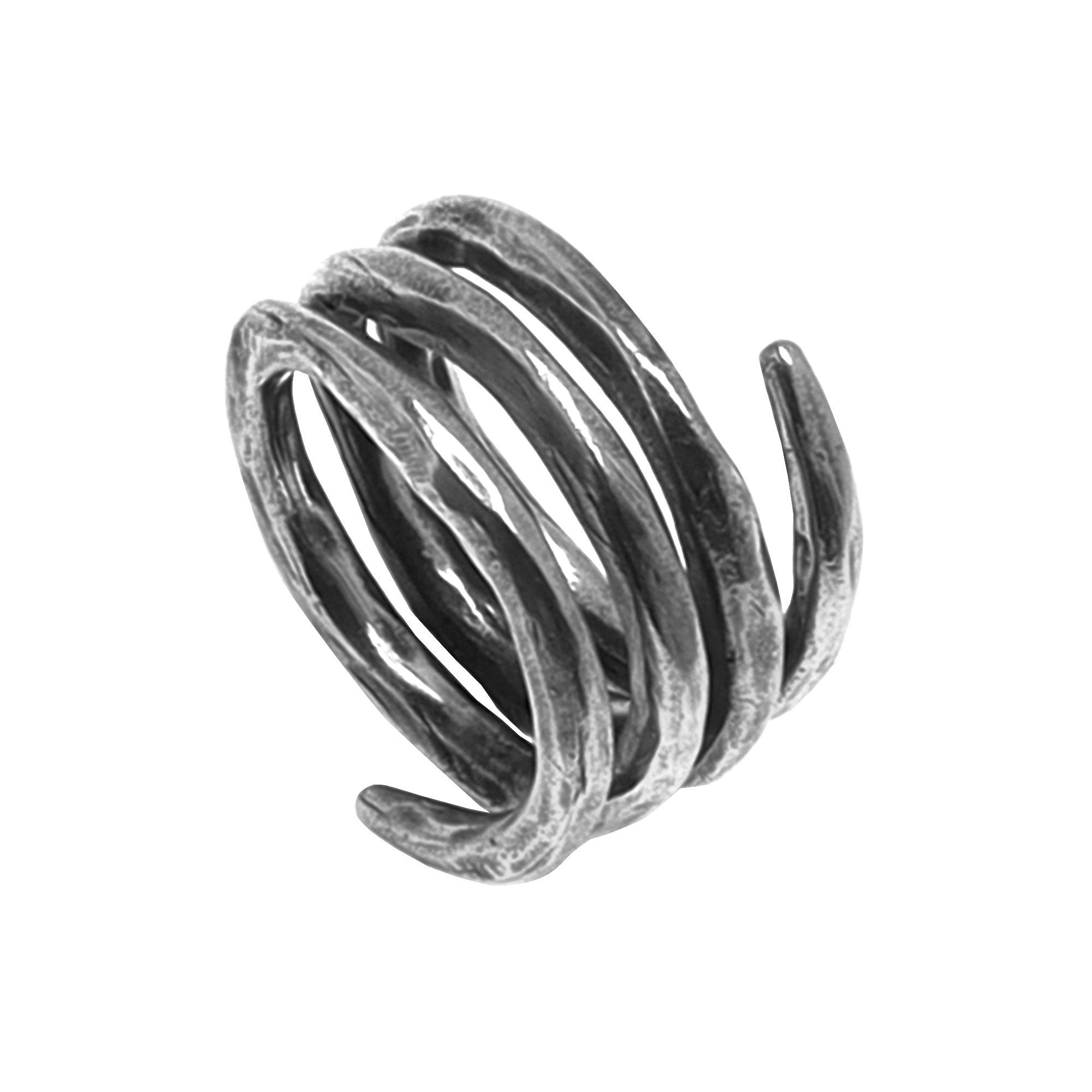by Jesús Zabala - 5 min read
What Is the Most Durable Metal for Jewelry?
When buying jewelry, it's vital to choose a piece that not only appeals to you aesthetically but is also made with durable metal. However, not all precious metals are durable. So, what is the most durable metal for jewelry?
Choosing the right metals for your jewelry pieces helps with extending their longevity and protects them from potential damage. There are many durable metals we use in jewelry-making, so read on as we explore what is the strongest metal for jewelry.

Factors Affecting Durability of Jewelry Metals
Hardness and scratch resistance
One crucial factor that affects the durability of jewelry metals is their hardness. The hardness (HV) is a measurement that shows us how durable and scratch resistant a metal is.
The most often utilized hardness scales are the Mohs Scale and the Vickers Hardness Scale. The hardness scales measure durability by how likely materials may be scratched by another physical object.
You want to choose strong metals that are more scratch resistant so you don't worry about easily damaging your jewelry.
Corrosion and tarnish resistance
Another factor in jewelry metal durability is how resistant your chosen material is to corrosion or tarnish. Tarnish refers to the outer layer of corrosion that forms over certain metals.
Unfortunately, silver, copper, and brass are highly susceptible metals to tarnish. With proper care and storage, jewelry made with these metals may avoid corrosion.
Wear and tear resistance
Generally, for everyday use, people prefer sterling silver or stainless steel as both may tend to have better wear and tear resistance.
Plus, they are also more affordable than precious metals like pure silver or gold, which may uncut damage easier due to their malleability. In order to make them more durable, silver and gold are often mixed with other metals.
White gold, rose gold, and sterling silver are popular choices for everyday jewelry. Still, it largely depends on individual budgets and preferences regarding the metal choice.
Metal composition and alloys
As we mentioned, precious metals like silver and gold are incredibly soft and malleable in pure compositions. Because of this, jewelers add different metals to improve the strength of pure metals. The result of mixing two or more metals is an alloy.
When it comes to silver, most often in jewelry-making, we use 925 sterling silver (92.5% pure silver and 7.5% nickel or copper) as a silver alloy as it is more durable and affordable. Pure silver, on the other hand, is soft, meaning it is easier to dent and lose its shape.
Popular gold alloys are white gold and rose gold. The metal composition of white gold is 75% pure gold and 25% platinum or palladium. In contrast, rose gold is composed of 75% pure gold, 22.25% copper, and 2.75% pure silver.
What is the most durable metal for jewelry?
The metals most frequently used in jewelry are platinum, silver, and gold. Numerous other metals, including cobalt, stainless steel, sterling silver, titanium, and tungsten, are also available for use in jewelry.
However, when it comes to durability, titanium and platinum are generally considered the best choice. They are denser and harder than both gold and silver and a rarer precious metal than both. Of the two, titanium is rated six on the Mohs Hardness scale, while platinum is 4-4.5.
Comparison of Metals for Jewelry Durability
Platinum
Platinum is a popular choice for jewelry, such as wedding bands and engagement rings. Platinum will not tarnish, fade, or change color and is generally considered the most durable jewelry material.
The minimum purity required is 90% pure platinum for a piece of jewelry to be deemed "platinum." A piece of jewelry would be classified as a "platinum alloy" if the purity level was lower than 90%.
When it comes to jewelry-making, platinum is mixed with palladium, rhodium, and copper for improved durability.
The advantages of using platinum as a jewelry material include:
- High durability and longevity with no risk of tarnishing
- Retains its white color without fading
- High corrosion and heat resistance
- Hypoallergenic properties
In contrast, some disadvantages of platinum are the following:
- Incredibly rare metal,
- High price tag.

Gold
As we mentioned, pure gold is too soft to be used on its own. Because of this, gold alloys are more commonly used for jewelry making. Gold is mixed with metals like nickel, copper, silver, and zinc.
While pure gold is 24k (karats), the gold alloyed jewelry is available in 14k, 16k, 18k, and 21k. The advantages of gold in jewelry making are the following:
- Longevity and high stability
- Easy to shape due to it elasticity
- Precious metal
- Tarnish-resistant
On the other hand, the disadvantages include:
- More expensive and rarer than other metals
- Alloys may cause allergic reactions

Titanium
Titanium, as we mentioned, is rated six on the Mohs Hardness scale, making it the most durable natural metal. It is also one of the best alloys for gold, and their combination is available as 24k gold.
The advantages of titanium are:
- Fully hypoallergenic metal
- Strong, lightweight, and easily recyclable
- Scratch and chemical-resistant
The disadvantages include the following:
- Rare and expensive
- It is not as malleable, which makes it difficult to resize
- Harder to join titanium pieces together

Sterling Silver
Sterling silver is the most often used silver alloy for jewelry, as pure silver is too soft and easily damaged. Sterling silver is one of the most common metals in jewelry making overall as it produces cost-effective and durable pieces.
The advantages of sterling silver as a jewelry material includes the following:
- Readily available and cost-effective
- Great aesthetic appeal
- Suitable for everyday wear
- Long-lasting and durable
On the other hand, the disadvantages are the following:
- Not corrosion-resistant,
- The presence of alloys may cause allergic reactions for some.

Considerations for Choosing a Durable Metal
Style and aesthetic preferences
A big factor in choosing metal for jewelry is individual style and aesthetic preferences. Some people prefer wearing gold, so they are more likely to choose gold alloys.
People who like the color and appearance of silver may go for platinum, white gold, or sterling silver.
Budget considerations
The availability and demand for a specific metal commodity cause prices to fluctuate every day and perhaps even more than once.
Generally speaking, a metal's price is based on how valuable and scarce it is, which also influences how readily available it is. A material's price may be impacted by how rare it is, which frequently results in more demand.
Maintenance requirements
Some metals require more maintenance than others. For instance, sterling silver jewelry needs to be adequately cared for to avoid corrosion and tarnish. In contrast, gold does not require as much maintenance as it is corrosion-resistant.
Conclusion
What is the most durable metal for jewelry? The most durable metal for jewelry is titanium due to its hardness. Platinum is also another durable metal used in jewelry, not only due to its durability but also because it is easier to work with than titanium.
-
DESIGNED & HANDMADE IN BALI
-
FREE RESIZING FOR EVERY PIECE
-
FREE SHIPPING ON $150+ ORDERS
-
100% SAFE & SECURE CHECKOUT

